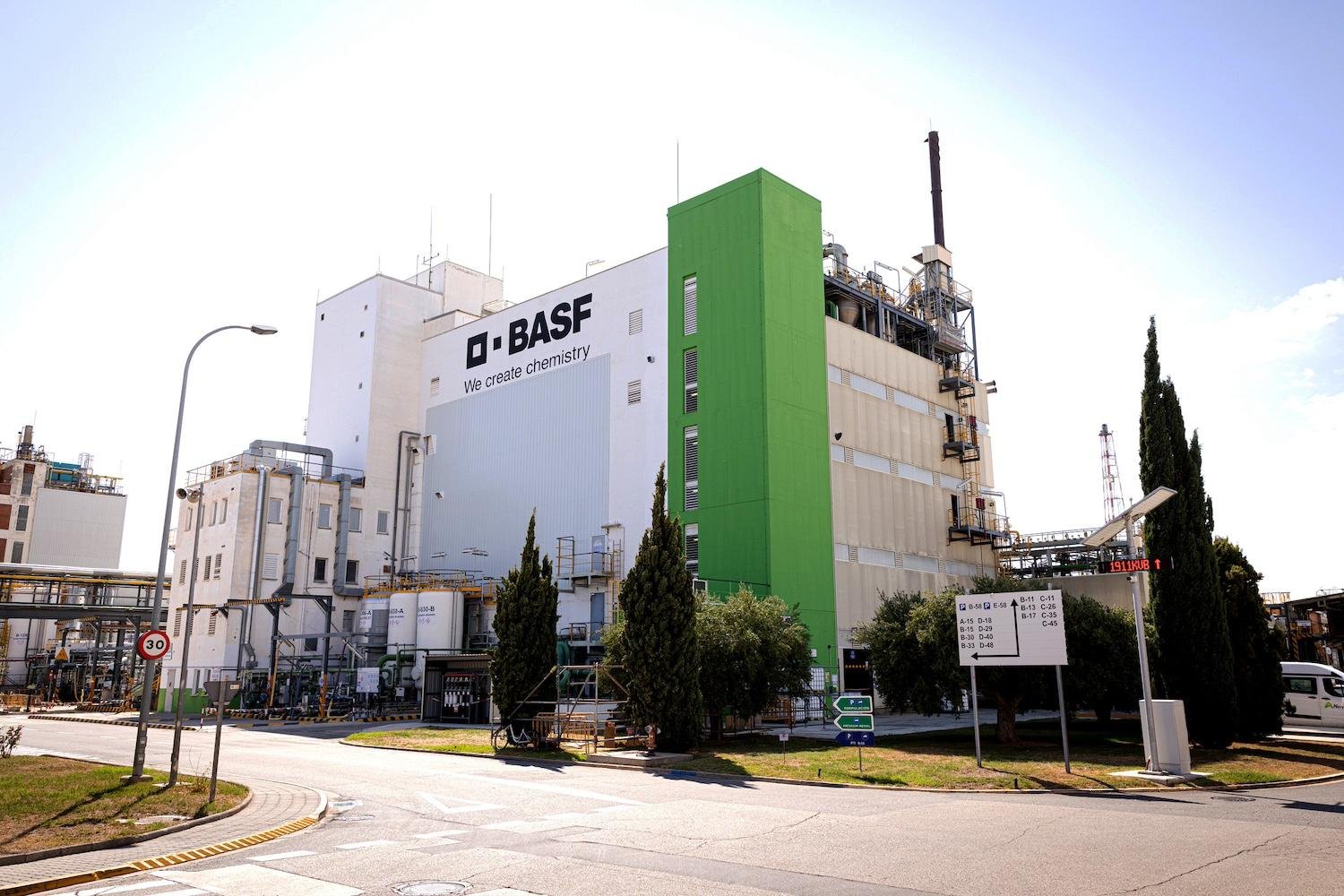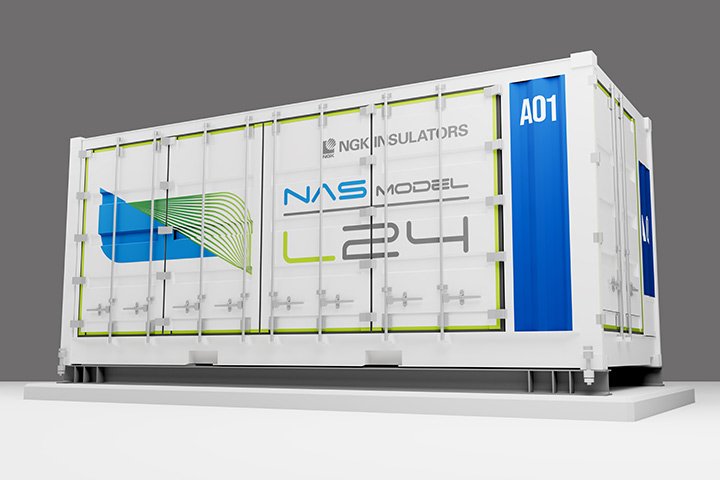
BASF is developing a longer-duration version of its sodium-sulfur battery, which offers duration, supply chain, and safety advantages over lithium-ion. (Image courtesy of BASF.)
Between Hurricane Beryl in Texas and a series of heat waves across the U.S., the impact of a warming climate has come into clear view this year. Equally clear is the need to remove some bottlenecks standing in the way of rapid decarbonization. That includes the availability of energy storage.
To decarbonize the grid, entirely new systems must be developed to hold more wind and solar energy for longer periods of time. In the meantime, facility managers can take advantage of a near-term solution in the form of sodium-sulfur batteries, a technology that offers advantages over the familiar lithium-ion formula.
Energy storage and the shift to peak winter demand
Lithium-ion batteries have dominated the energy storage market for many years. Electric vehicles, home energy storage systems and grid-scale battery arrays are some of the familiar use cases. In the stationary storage field, though, lithium-ion arrays are typically limited by a duration of four hours, or less.
The four-hour standard is no accident. It’s incentivized in some wholesale electricity markets in the United States to support a grid-balancing strategy that takes solar energy into consideration. More solar energy is available during the summer, and summertime peak demand periods tend to be relatively short in duration, making four-hour storage an economical choice.
Peak demand periods in winter require a different strategy. Winter demand peaks can last into the evening when solar power is not available. Traditionally, natural gas and heating oil fill the gap, but these resources are falling by the wayside as the building electrification movement gains momentum. The U.S. Department of Energy is among those advising that a shift in energy storage strategy is needed over the coming years to focus more attention on wintertime demand.
Parts of the Southeast and Texas already shifted to a winter demand pattern, according to a National Renewable Energy Laboratory report. The lab anticipates wholesale electricity markets will respond by incentivizing periods of energy storage duration beyond four hours.
Longer-duration energy storage gives grid managers more opportunities to smooth out the bumps in wind and solar availability. Taking advantage of low off-peak rates for longer periods is another benefit.
The sodium-sulfur solution
One energy storage solution already on the market is a proven sodium-sulfur formula, often called NAS based on the scientific abbreviations for the two chemicals. The chemical producer BASF is among the battery stakeholders with lengthy experience developing and marketing NAS batteries. The firm is introducing an updated, six-hour duration version of its NAS technology called NAS Model L24, in partnership with the Japanese manufacturer NGK Insulators.
In contrast to the volatile liquid electrolyte used as a part of the charging and discharging process in conventional lithium-ion batteries, NAS batteries use a stable, precisely designed ceramic material.
Although the word “ceramic” suggests a fragile object, industrial ceramics are different. A durable, high-performance ceramic material is commonly used in electrical applications, including the new generation of solid-state batteries emerging in the electric vehicle field.
Ceramics are also made from earth-abundant materials, an important factor to consider as manufacturers focus their attention on supply chain sustainability and security, said Caroline Brannock, BASF senior sales manager for battery technology.

Changing mindsets on energy storage
Despite the longer duration and supply chain advantages of NAS, the lithium-ion industry still has the advantage of familiarity. That can be a formidable obstacle to overcome.
“Everyone is so accustomed to lithium-ion technology, so it’s not necessarily about prices or technical specifications,” Brannock told TriplePundit.
Safety is one consideration that could make a difference. “We have a lot of safety concerns with lithium for mobility and stationary storage,” Brannock said, noting that lithium-ion installations typically require additional containment measures to reduce risks.“Two major concerns are thermal runaway and toxic gas release, particularly for urban areas. This is something NAS does better.”
The lithium-ion battery industry has incorporated new fire safety systems, according to a report from the Electric Power Research Institute. The report notes a sharp drop in the rate of battery energy storage system fires and other incidents described as “failures” in recent years. Still, knowledge gaps remain, and “a significant fraction of [battery energy storage systems] failure incidents had an unknown root cause,” according to the report
The long road to long-duration energy storage
BASF foresees commercial and industrial operations along with hospitals, schools, and other facilities that depend on a continuous supply of power in the event of an emergency among prospective customers for the new NAS battery. Islands and other remote communities would also benefit from access to energy storage technologies that last longer than the four-hour standard.
Beyond the needs of individual facilities and isolated communities, the U.S. Department of Energy is providing funds for innovators developing new energy storage systems with much longer durations capable of handling more wind and solar energy as the nation decarbonizes its power grid. The agency set a 10-hour minimum for new long-duration energy storage systems.
In the future, facility managers will have additional opportunities to weigh the costs and benefits of these new technologies. For the here and now, NAS offers a solution that can bridge the gap with duration, supply chain and safety advantages.

